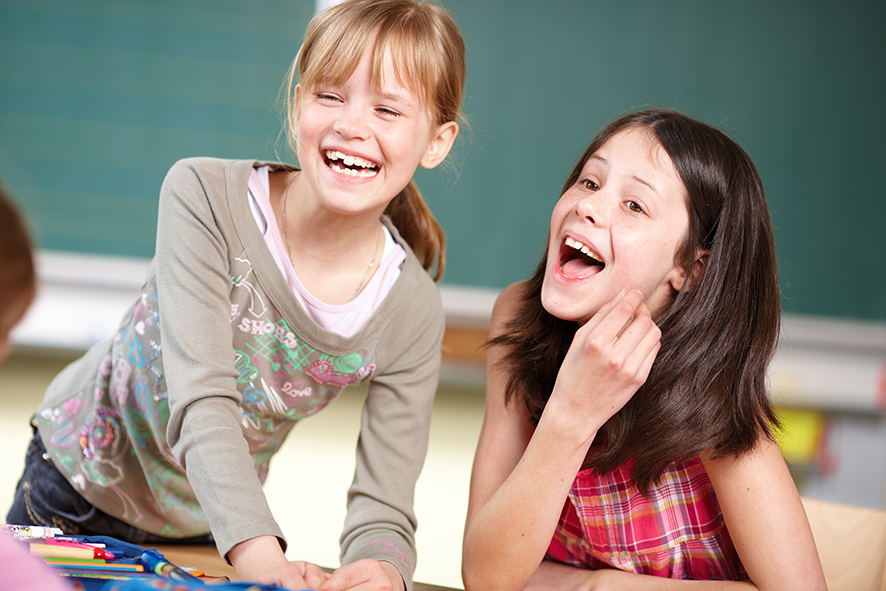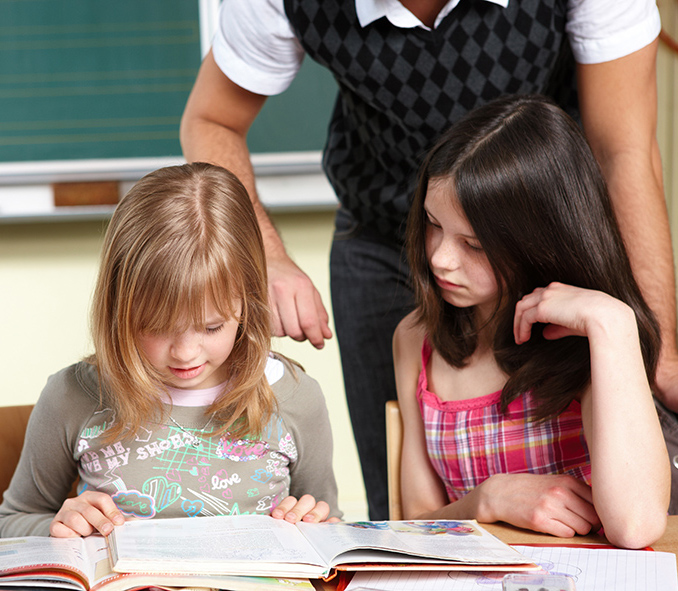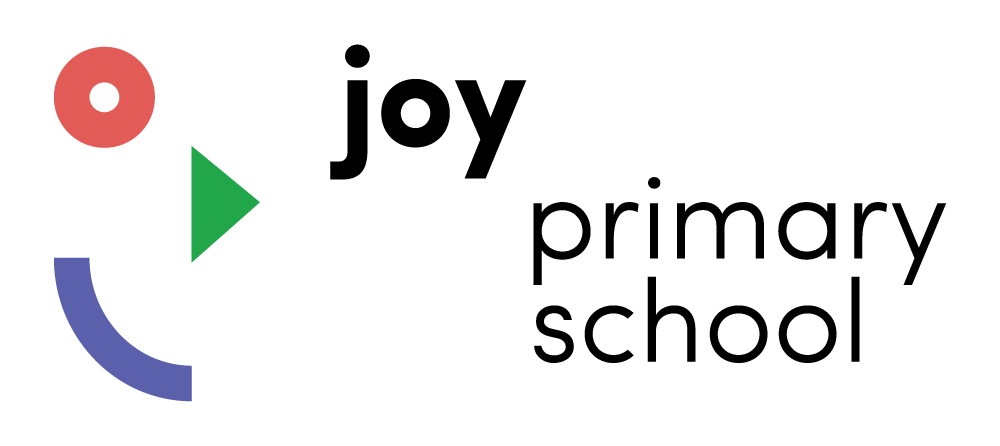At the Joy Primary School, we give children the opportunity to learn several languages and thus also cultures, from Reception Class. Such a teaching model develops the cognitive ability of students' brains, broadens their perspective and gives them more opportunities in adult life, for example the choice of the country of work and residence. In older age, bilingualism delays the onset of neuro-degenerative diseases, including Alzheimer's disease and dementia.

At every stage of life, acquainting oneself with several languages brings the same benefits. The brain of a bilingual person is more flexible, it is easier for him/her to multitask and perceive issues from different perspectives. In terms of social involvement, such people accept the perspectives of others more readily and are more open.
Bilingual children learn to read and write faster and learning further languages in the future will present no problems because they read various language codes easily, getting to know and learn them naturally, from a very early age. At the Joy Primary School, we provide language education using the Content and Language Integrated Learning method or CLIL. This consists in combining language learning with learning individual subjects which, in turn, automatically broadens the vocabulary with the knowledge acquired being practised in workshops.

Teachers at the school do not exaggeratedly focus on correctness, or on students’ mistakes but rather on free, natural communication. This has proved to be the most effective of teaching methods since it assists the student to improve constantly. The CLIL method supports the creative development of students by supporting their interests, integrating them into groups working on individual projects.
Janusz Korczak and Maria Montessori already used similar methods and projects in their teaching and it is a proven fact that engaging students in activities means that they are more willing to learn and develop their natural curiosity.

